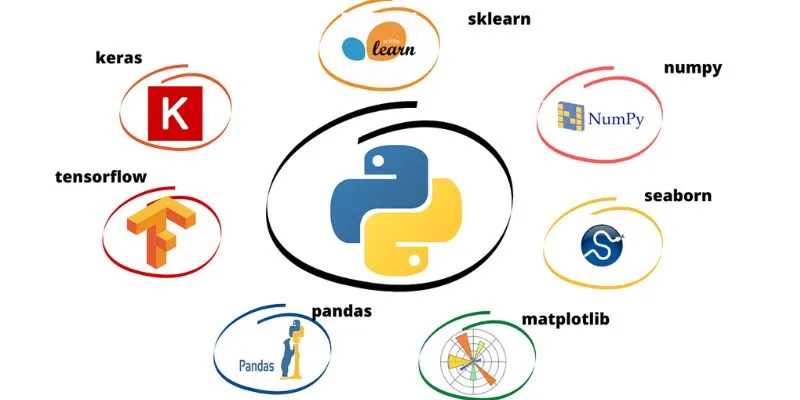Data mining is a crucial aspect of extracting valuable insights and patterns from large datasets. Several strong Python packages are particularly developed to ease and improve the data mining process. In this blog, we will explore some of the Python Libraries are Commonly Used for Data Mining. Are you looking to advance your career in Python? Get started today with the Python Training in Chennai from FITA Academy!
Python Libraries Used for Data Mining
NumPy
NumPy is the foundational package for numerical operations in Python. It supports massive, multi-dimensional arrays and matrices, as well as a set of high-level mathematical functions for working with these arrays. For data mining tasks, NumPy’s efficiency in handling numerical data is indispensable. Whether it’s matrix manipulation or statistical operations, NumPy is the go-to library that forms the backbone of many other data science tools.
Pandas
Pandas is synonymous with data manipulation and analysis. This library introduces data structures like DataFrame, allowing for easy manipulation and analysis of structured data. In the context of data mining, Pandas is instrumental for tasks such as cleaning, filtering, and transforming datasets. Its intuitive and expressive syntax makes it a favorite among data scientists and analysts who need to prepare data for mining operations.
Scikit-Learn
When it comes to data mining process, machine learning often plays a significant role. Scikit-Learn, an open-source machine learning library, gives simple and best tools for data mining and data analysis. It includes various algorithms for classification, regression, clustering, and dimensionality reduction. Whether you are exploring patterns, making predictions, or clustering data, Scikit-Learn is a versatile companion in the data mining journey.
NLTK
Not all data is neatly structured in tables. Text data, for instance, requires specialized tools for mining insights. The Natural Language Toolkit (NLTK) is a Python library that excels in processing and analyzing human language data. In data mining applications where unstructured text needs exploration, NLTK provides tools for tokenization, stemming, tagging, and parsing, enabling the extraction of valuable information from textual data. Learn all the Python techniques and become a Python Developer. Enroll in our Best Online Python Course.
BeautifulSoup
Web scraping is an integral part of data mining, especially when dealing with data from various online sources. BeautifulSoup is a Python library designed for pulling data out of HTML and XML files. It simplifies the process of web scraping, making it easier to extract information from websites. By combining BeautifulSoup with other libraries like Requests, Python becomes a powerful tool for collecting data from the web for further mining.
TensorFlow
For advanced data mining tasks involving deep learning, TensorFlow stands out as a leading library. Developed by Google, TensorFlow offers a comprehensive platform for deploying and creating machine learning (ML) models, especially those involving neural networks. Its flexibility and scalability make it suitable for complex data mining scenarios, such as image and speech recognition, where deep learning can reveal intricate patterns.
In the expansive realm of Python libraries, the tools highlighted offer a mere glimpse into the potent resources for data mining. Be it structured numerical data, unstructured text, or advanced machine learning applications, Python presents diverse libraries to fulfil your data mining requirements. Staying acquainted with these libraries ensures that you remain adept at navigating the intricacies of data mining, facilitating the extraction of valuable insights as the field evolves. Looking for a career in Python? Enroll in this Advanced Training Institute in Chennai and learn about Python library and techniques from experts.
Read more: Python Interview Questions and Answers


